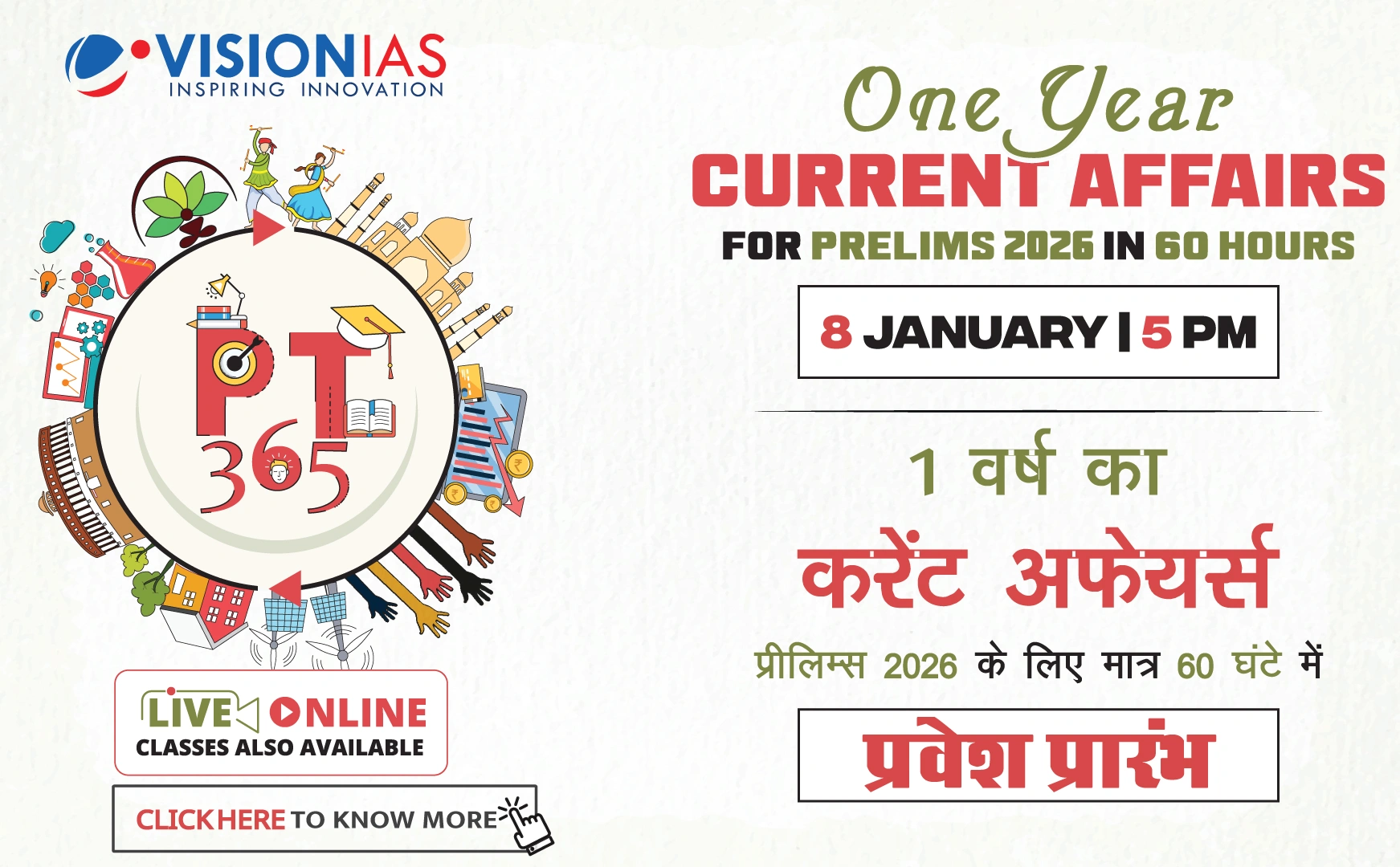Indian Railways Net Zero 2030 Strategy
The Indian Railways is implementing a strategy to achieve net zero emissions by 2030. This involves utilizing a mix of energy sources to meet its 10-gigawatt (GW) traction requirement.
Energy Sources
- Renewable Energy: Plans to purchase 3 GW, including hydropower.
- Thermal and Nuclear Power: Another 3 GW from these sources.
- Power Distribution Companies: Sourcing the remaining 4 GW through partnerships.
Nuclear and Thermal Power
- Requests for 2 GW of nuclear power have been made to the power ministry.
- 2 GW of thermal power will be sourced from new joint ventures and power purchase agreements.
Hydropower and Renewable Energy Projects
- 1.5 GW of hydropower projects are planned.
- Discussions for 500 MW of round-the-clock renewable energy are underway.
Electrification and Environmental Impact
- Electrification: Target of 100% electrification on broad gauge routes this financial year.
- By 2025-26, 95% of trains will run on electricity.
- Direct carbon emissions will reduce to 1.37 million tonnes per year, manageable through afforestation.
Currently, 90% of trains are powered by electricity, a significant reduction from 37% diesel-powered trains three years ago.
Cost and Environmental Benefits
- Significant cost savings from reduced diesel usage.
- Projected expenditure on diesel for traction to fall to ₹9,528.53 crore in 2025-26, the lowest in over a decade.
- Plans to incorporate carbon negative practices at railway production units and green railway stations.



